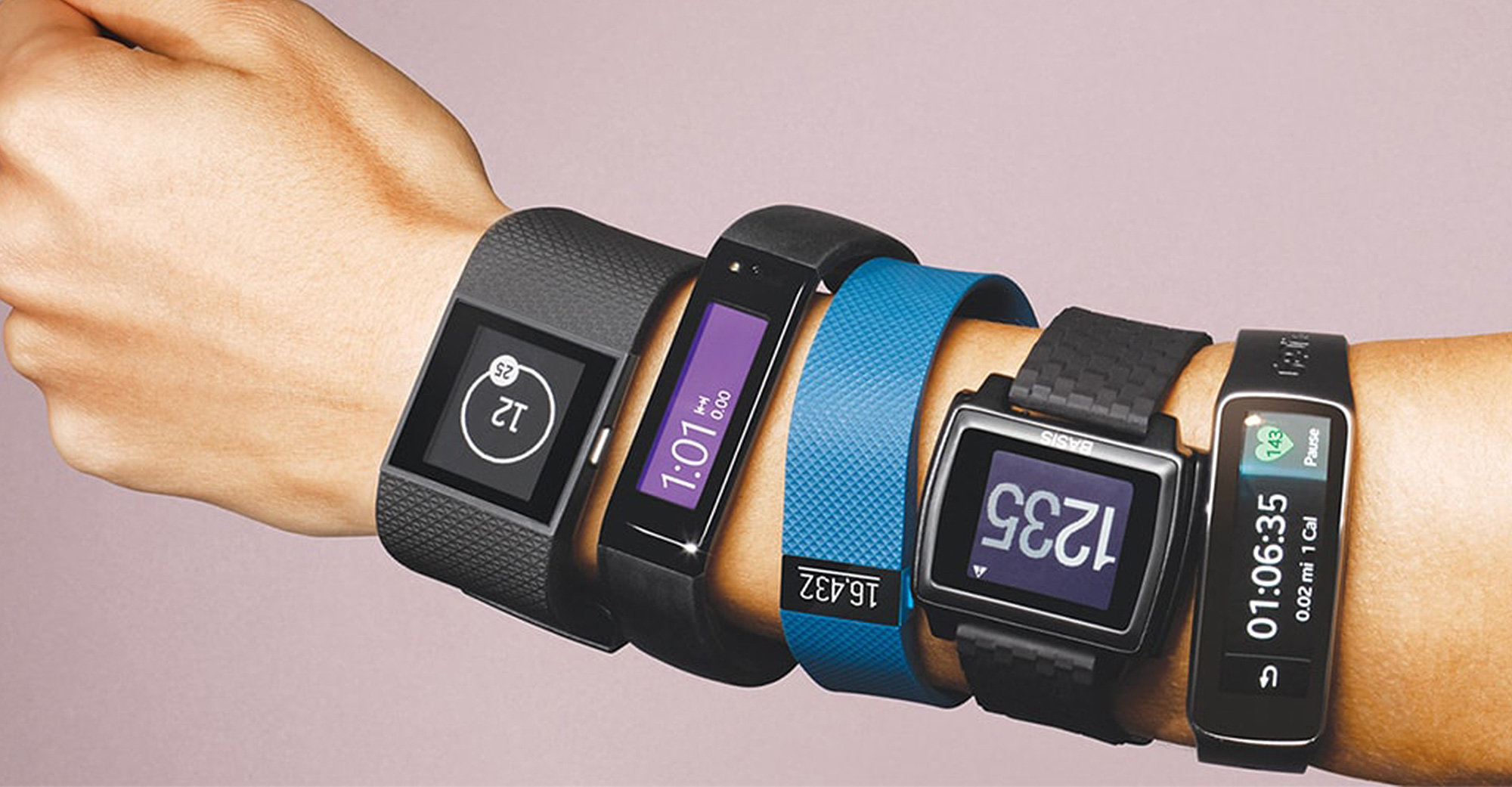In recent years, wearable technology has become increasingly popular as more and more people are looking for convenient and practical ways to stay connected and monitor their health. From the early days of bulky and often unreliable devices, we have witnessed a remarkable evolution in wearable tech, with sleek and sophisticated smartwatches and health monitors now dominating the market.
Smartwatches have come a long way since their introduction, offering much more than just a way to tell time. These hi-tech accessories now enable users to receive notifications, make calls, track their fitness activities, and even control other smart devices. With advanced features like heart rate monitoring, GPS tracking, and NFC payments, smartwatches have become indispensable gadgets for tech-savvy individuals.
Health monitors have also undergone significant advancements, revolutionizing the way we monitor and manage our well-being. Originally limited to step counting, these wearables now offer a wide range of health-tracking capabilities, including sleep monitoring, stress level analysis, blood pressure monitoring, and more. Not only do they provide real-time data and insights, but they also encourage users to adopt healthier habits and make smarter lifestyle choices.
The Rise of Smartwatches
Smartwatches have become increasingly popular in recent years, with more and more people opting to wear them on their wrists. These devices combine the features of a traditional watch with the functionalities of a smartphone, providing users with a convenient way to stay connected and track their health and fitness.
One of the key reasons for the rise of smartwatches is their ability to sync with smartphones, allowing users to receive notifications and messages directly on their wrists. This means that users no longer have to constantly check their phones for updates, as they can simply glance at their smartwatch to see what’s happening.
Smartwatches also offer a wide range of health and fitness tracking features, making them popular among fitness enthusiasts. They can track steps, calories burned, heart rate, sleep patterns, and even provide guided workouts. This makes it easier for users to stay motivated and reach their fitness goals.
In addition to their practical features, smartwatches have also become a fashion statement. Many brands now offer sleek and stylish designs that can be worn with any outfit. Whether you’re going to a formal event or hitting the gym, there’s a smartwatch that can complement your style.
As technology continues to advance, smartwatches are likely to become even more popular and sophisticated. They may soon offer features such as ECG monitoring, blood oxygen level tracking, and even the ability to make payments. With the rise of smartwatches, we can expect to see more people embracing wearable technology as part of their everyday lives.
The Emergence of Health Monitoring Devices
As wearable technology continues to advance, we have seen the emergence of health monitoring devices that are revolutionizing the way we track and manage our health. These devices, ranging from fitness trackers to smartwatches, have become increasingly popular in recent years as individuals become more proactive about their well-being.
These health monitoring devices offer a wide range of features that allow users to track their daily activities, monitor their heart rate, sleep patterns, and even receive personalized health recommendations. They can help individuals set goals, track their progress, and make informed decisions about their health and fitness routines.
- Heart Rate Monitoring: Many health monitoring devices now come equipped with heart rate sensors that allow users to keep track of their heart rate throughout the day. This information can be useful for monitoring overall cardiovascular health and understanding how different activities affect heart rate.
- Sleep Tracking: Some health monitoring devices can also track sleep patterns, providing users with insights into the quality of their sleep. This can help individuals identify any sleep-related issues and make adjustments to improve their sleep quality.
- Activity Tracking: Fitness trackers and smartwatches are also equipped with sensors that can track various physical activities such as steps taken, distance traveled, and calories burned. These devices can motivate users to stay active and help them set and achieve fitness goals.
The emergence of health monitoring devices has allowed individuals to take greater control of their health and well-being. By providing real-time data and insights, these devices empower users to make informed decisions about their lifestyle choices and take proactive steps towards better health.
While these devices certainly have their benefits, it is important to remember that they are not a replacement for professional medical advice. They should be used as tools to enhance personal health and well-being, but individuals should always consult with healthcare professionals regarding any health concerns or conditions.

